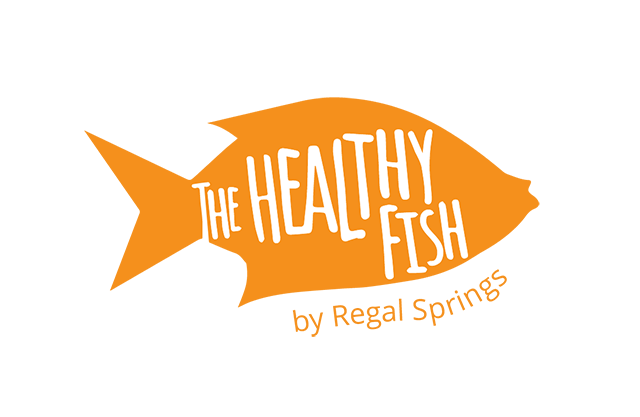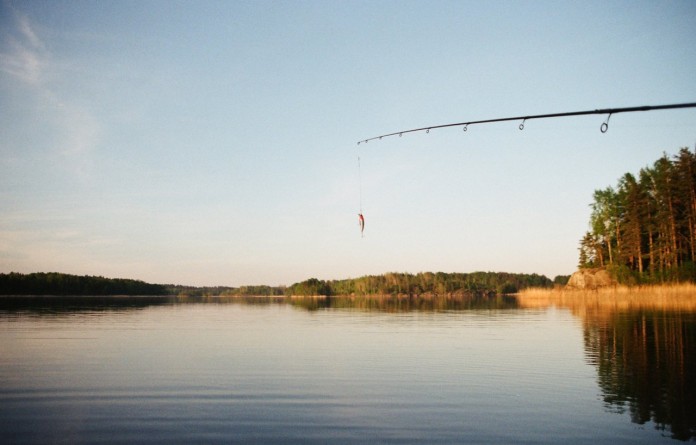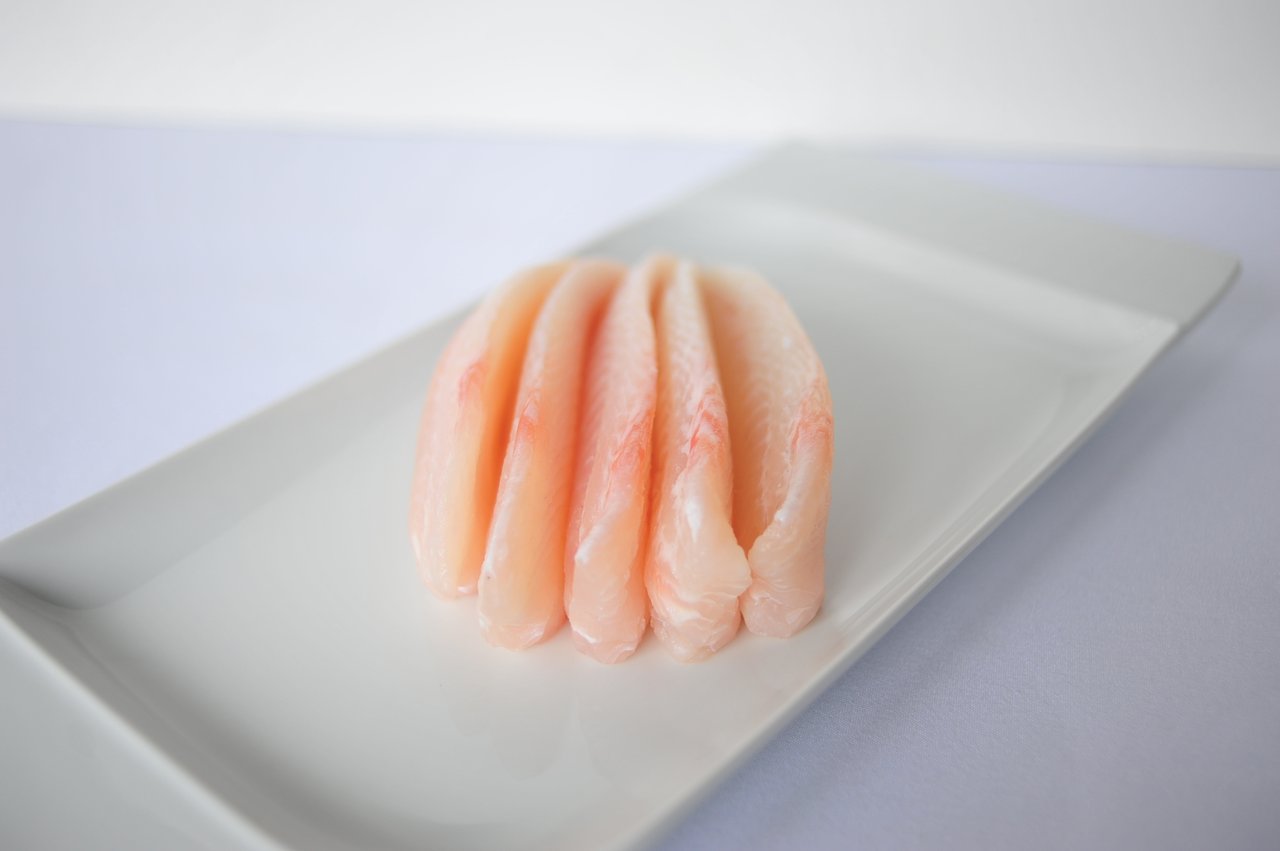The year is still new and losing weight or getting in shape is probably still high on your to-do list. You’ve probably looked up all the trendy diets, researched what to eat and what to avoid and even bought some superfoods to help you in your fight against the scale. Chances are that during your hunt for the healthiest alternatives, the same food has come up a lot in conversation: fish. We’ve all heard that eating more fish is good for your overall health, but can it assist you when you’re trying to lose weight? The answer, simply, is yes. Here’s why.
The Benefits of Fish in Weight Loss
Eating fish is a core part of a balanced diet because it has many unique health benefits. Two well respected studies, one from the American Journal of Clinical Nutrition and the other from the International Journal of Obesity, concluded that by incorporating fish into your weight-loss diet, not only can you lose more weight, but you reduce your glucose and cholesterol levels. This is key because while other weight loss diets boast results, not many can say they help fight two major factors that contribute to heart disease.
The studies also identified fish with high levels of Omega-3’s as being particularly effective at helping patients lose weight. These fatty acids work together to combat high blood pressure among other unhealthy symptoms.
Fuller Calories, More Nutrients
Another reason why eating fish contributes to weight loss is that in comparison to other foods like red meat is that fish such as Fresh Tilapia from Honduras and Mexico or Frozen Tilapia Loins from Costco and Giant Eagle has a fraction of the calories but delivers comparable levels of nutrients. This makes fish a “lean” protein because there is a high ratio of nutrients to calories. In a balanced diet, you want to maximize your nutrients and minimize your calories in order to get to your goal weight.
By adding fish into your daily diet, you can reduce the number of calories and carbohydrates you ingest, without ending up super hungry later in the day. By eating fuller calories (those with more nutrients), you drastically reduce the amount of food you need to eat because you’re actually, well, full.
The Catch
Fish isn’t a magical weight loss food. It must be incorporated into a healthy, balanced and moderately-restrictive diet if you want to see a difference in your waistline. The studies referenced above were conducted on overweight adults meaning that the results may not be directly applicable if your goal is only to lose five or so pounds. Adding fish into your diet in place of red meat is a great place to start because you’ll increase your nutrient intake while reducing your caloric intake. Still, there are many other steps to cleaning up your diet that you can take.
While fish has to be complemented by other nutritious foods to ensure a healthy diet, it’s key to helping you go the extra mile when trying to lose weight. As a lean source of many nutrients, fish helps restrict your calorie intake while maximizing health benefits. You have to do a lot of the work on your own if you want to see a big difference when you step on the scale, but fish will always give you a fin up.
Photos: Andrey Trusov, prapass / Shutterstock, Regal Springs, tookapic









